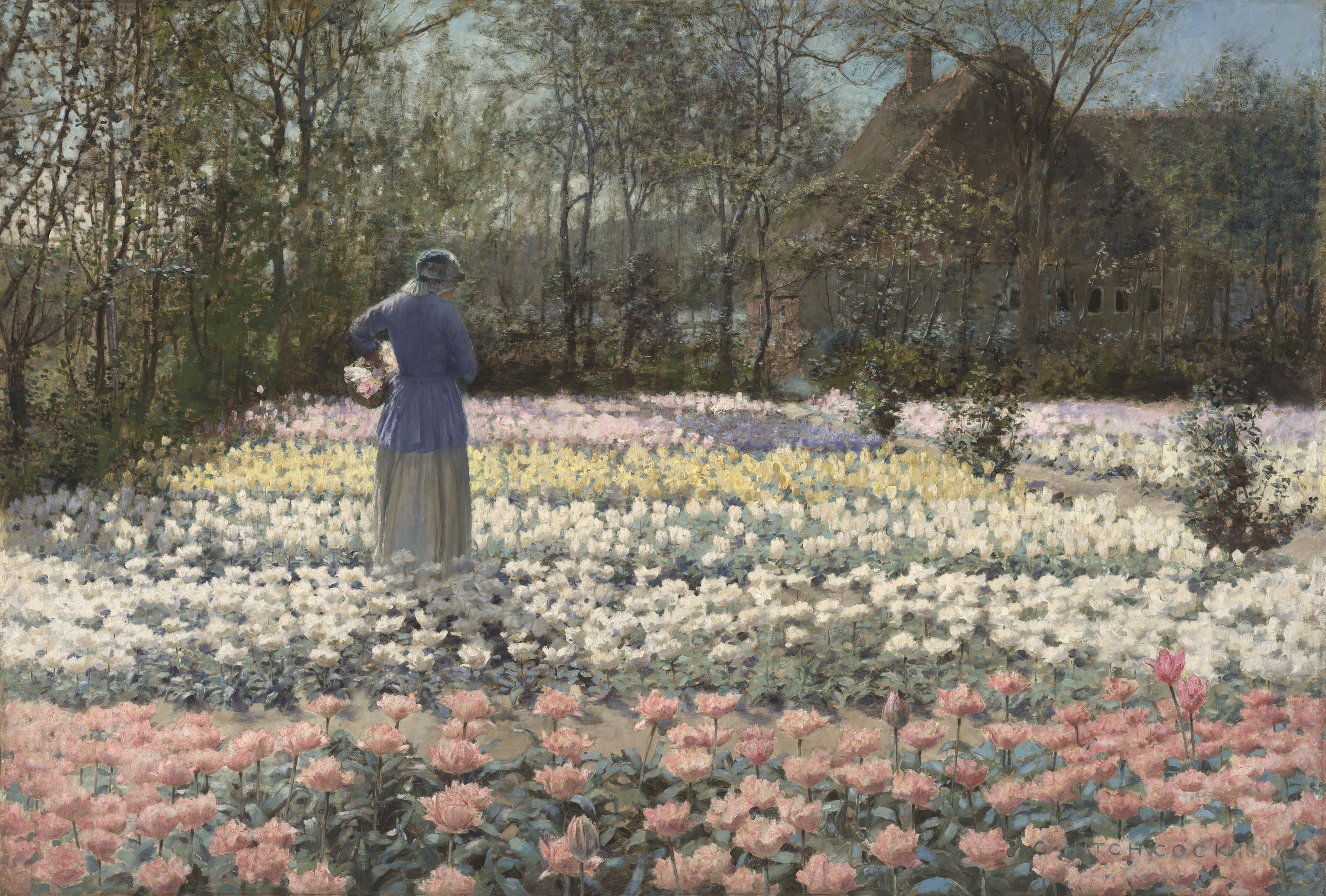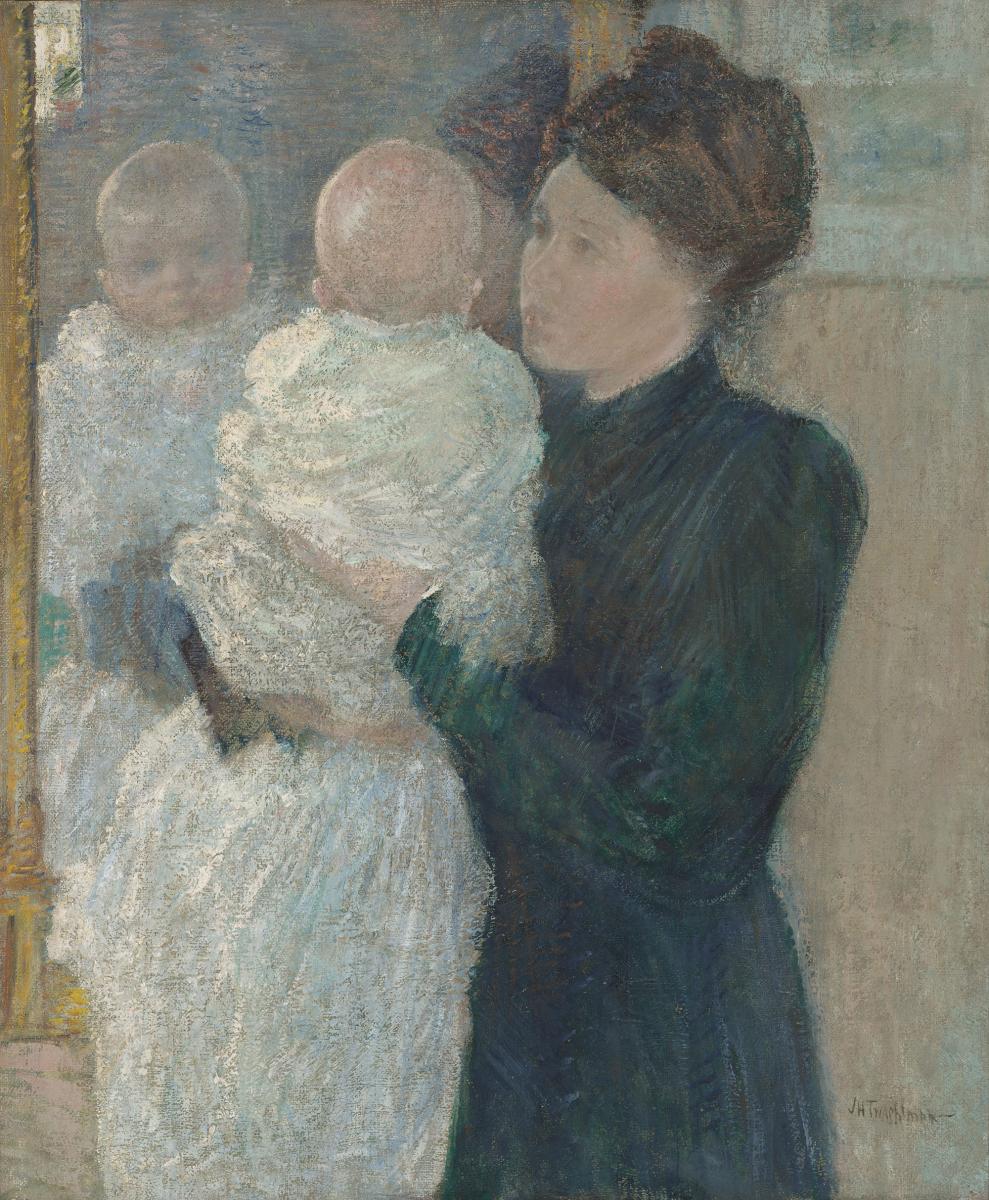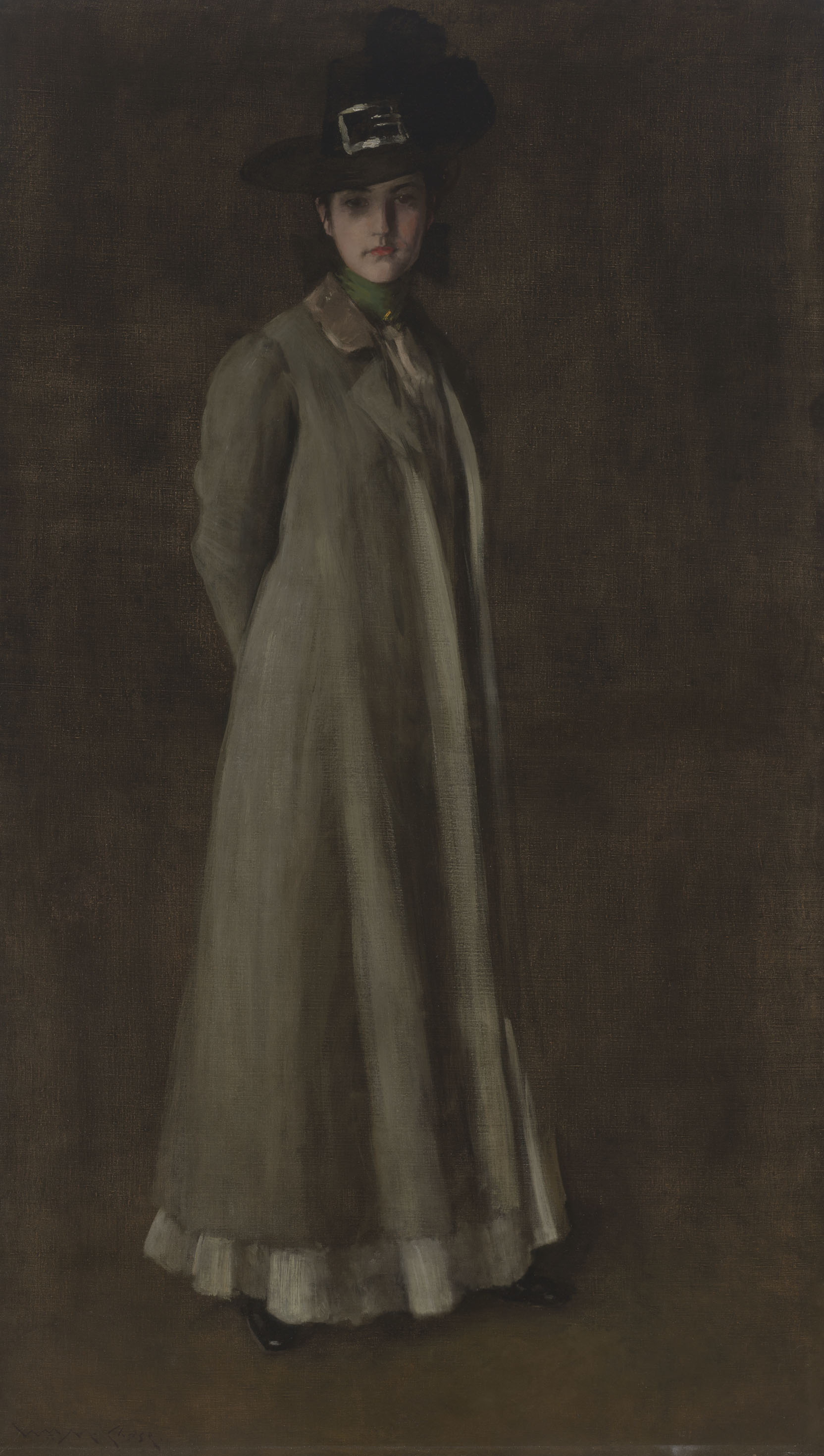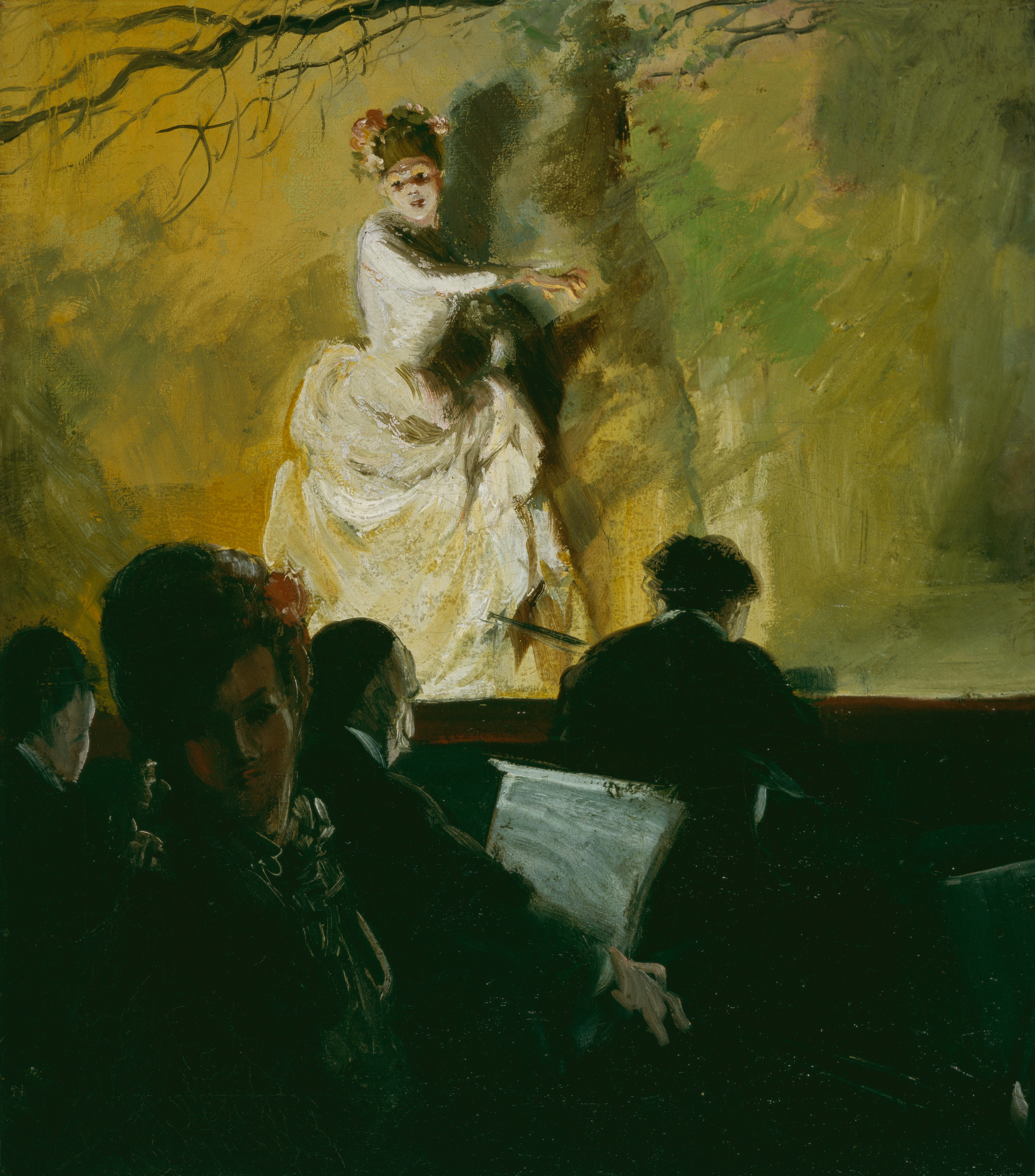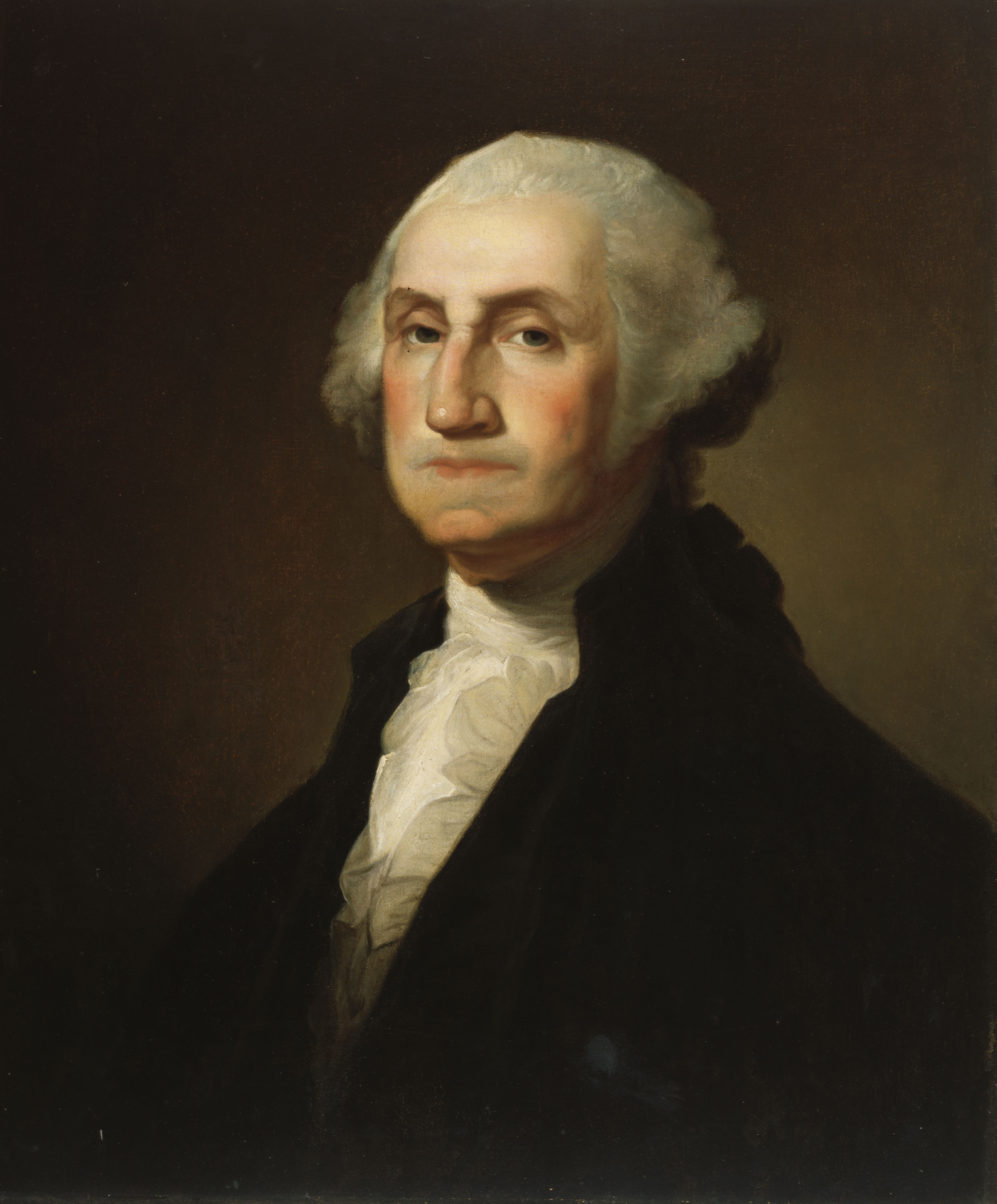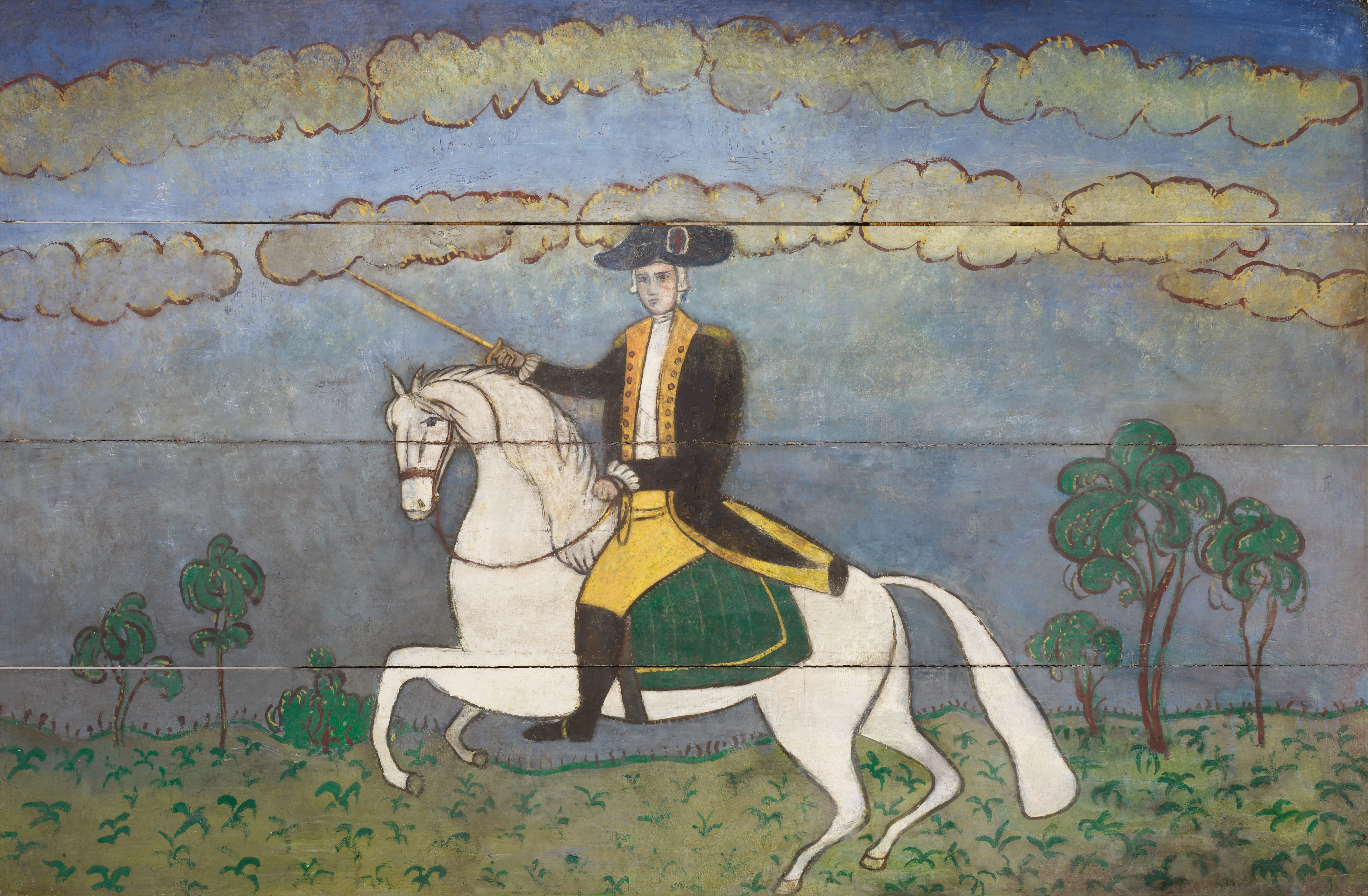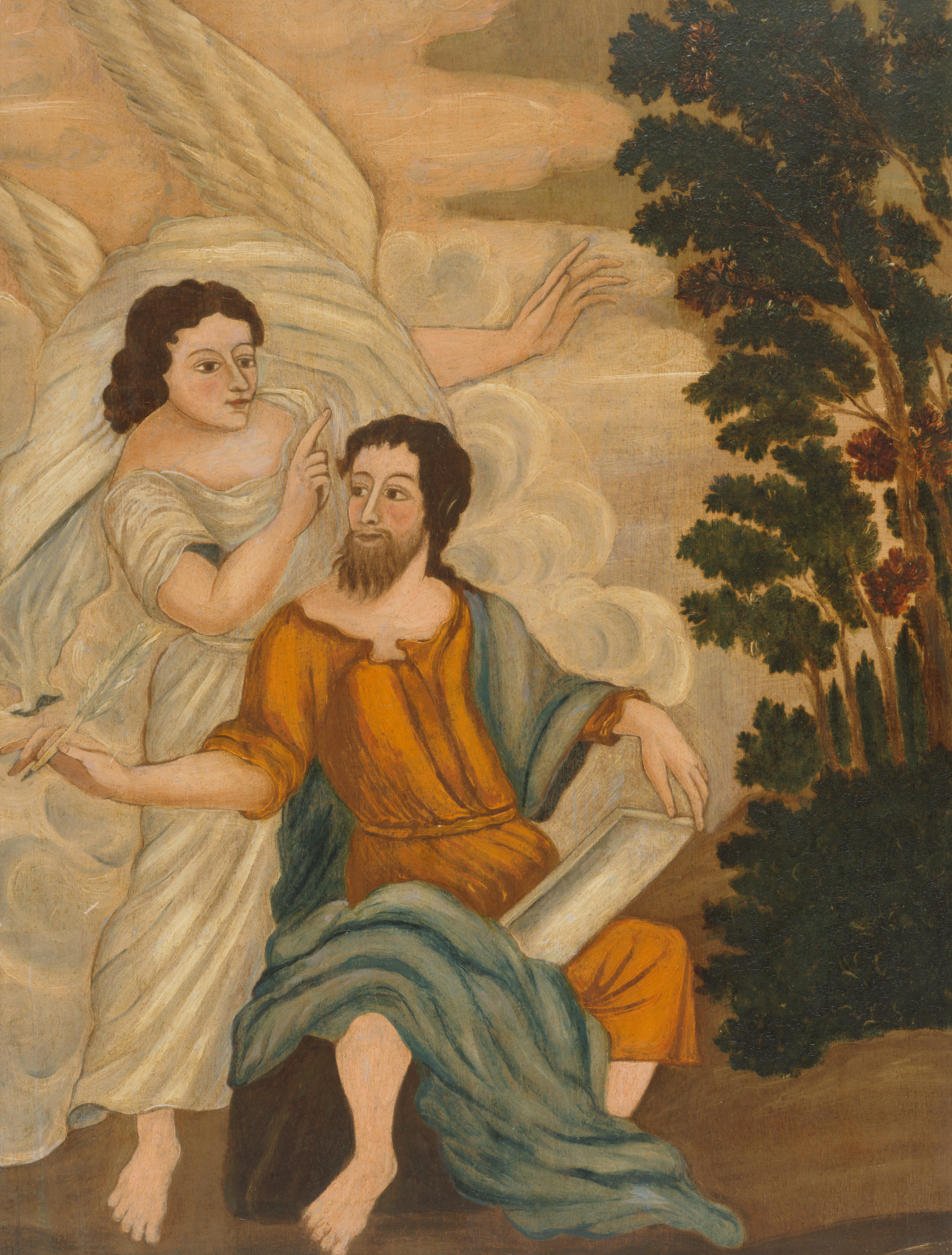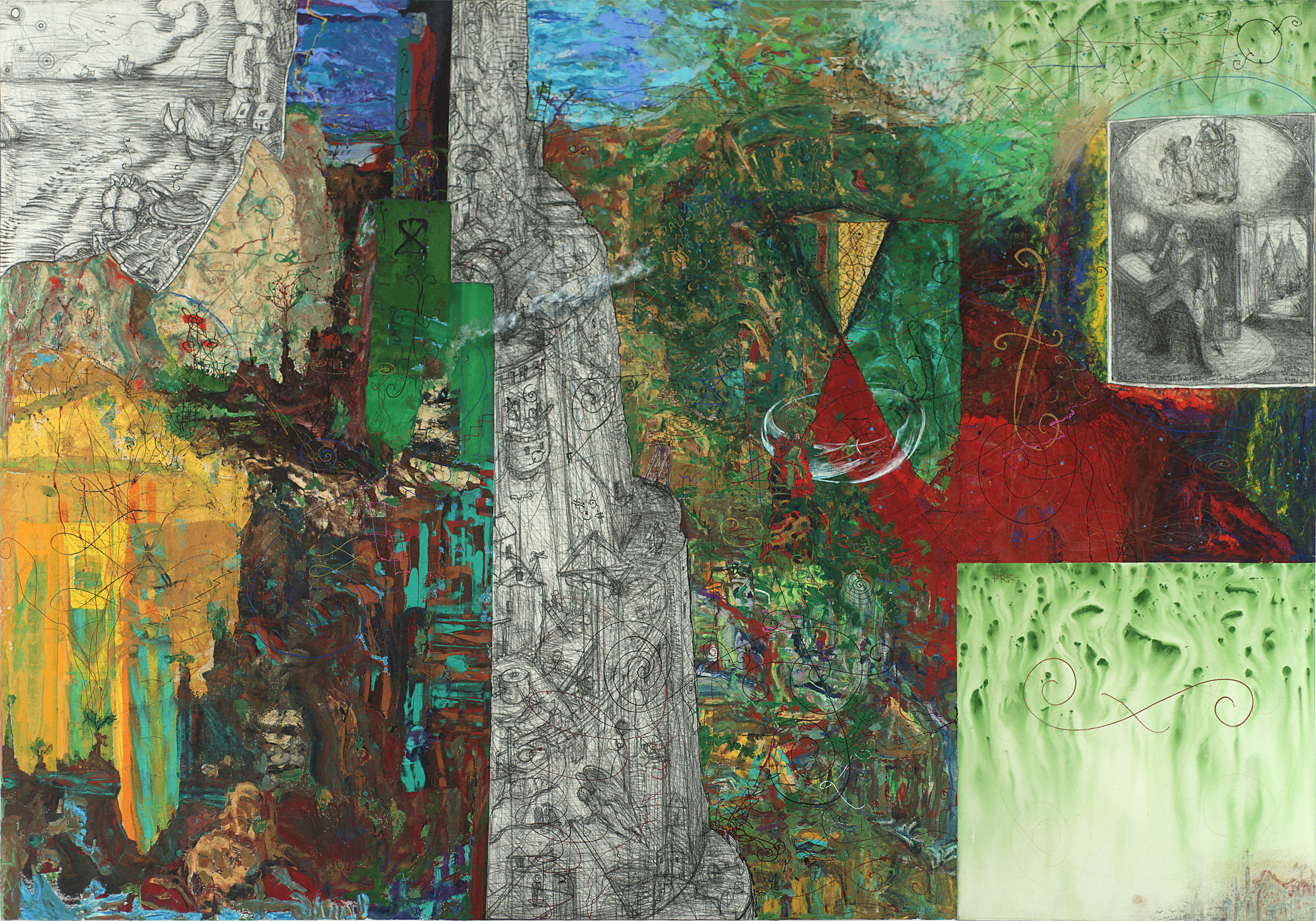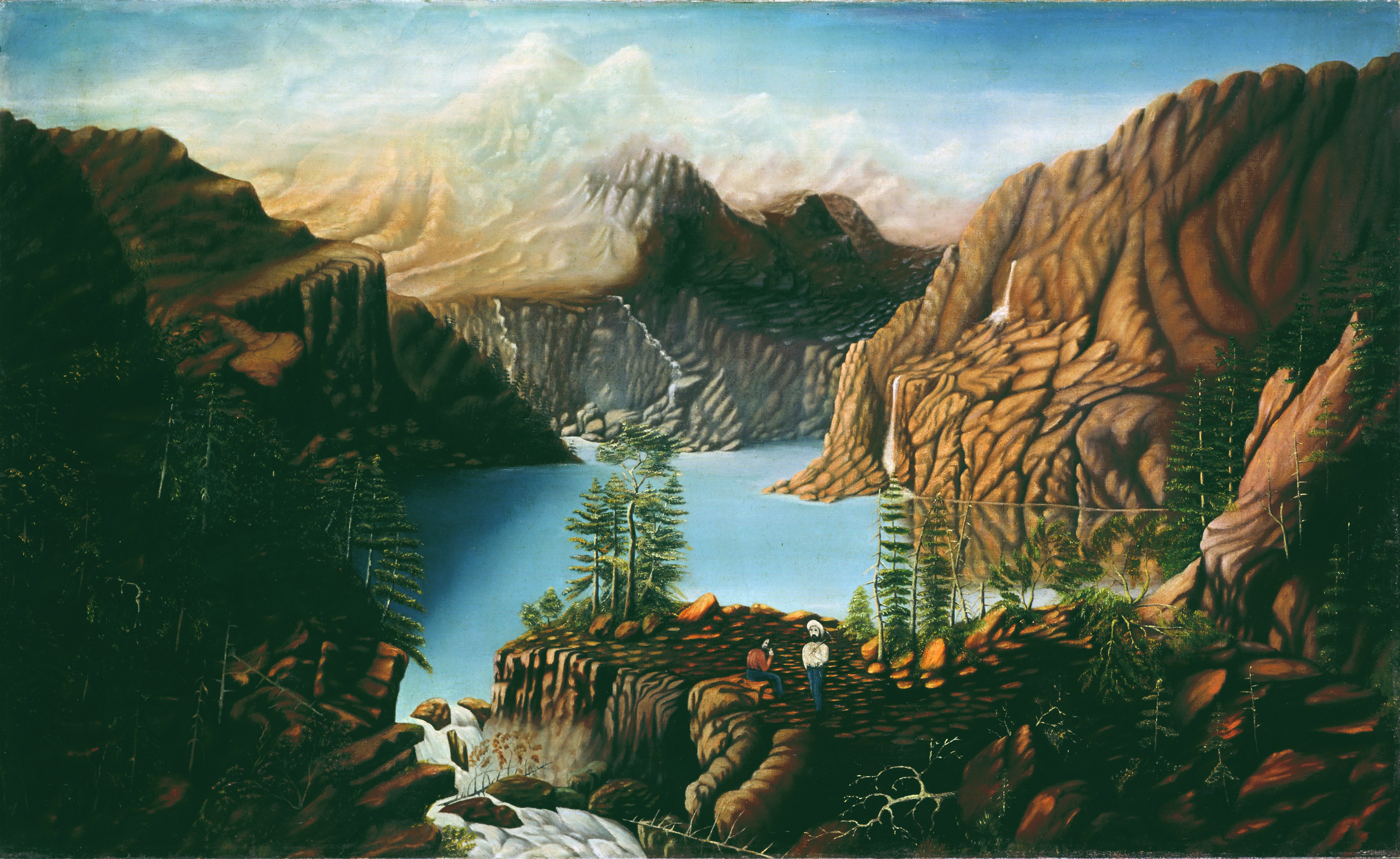Le verre de porto (A Dinner Table at Night)
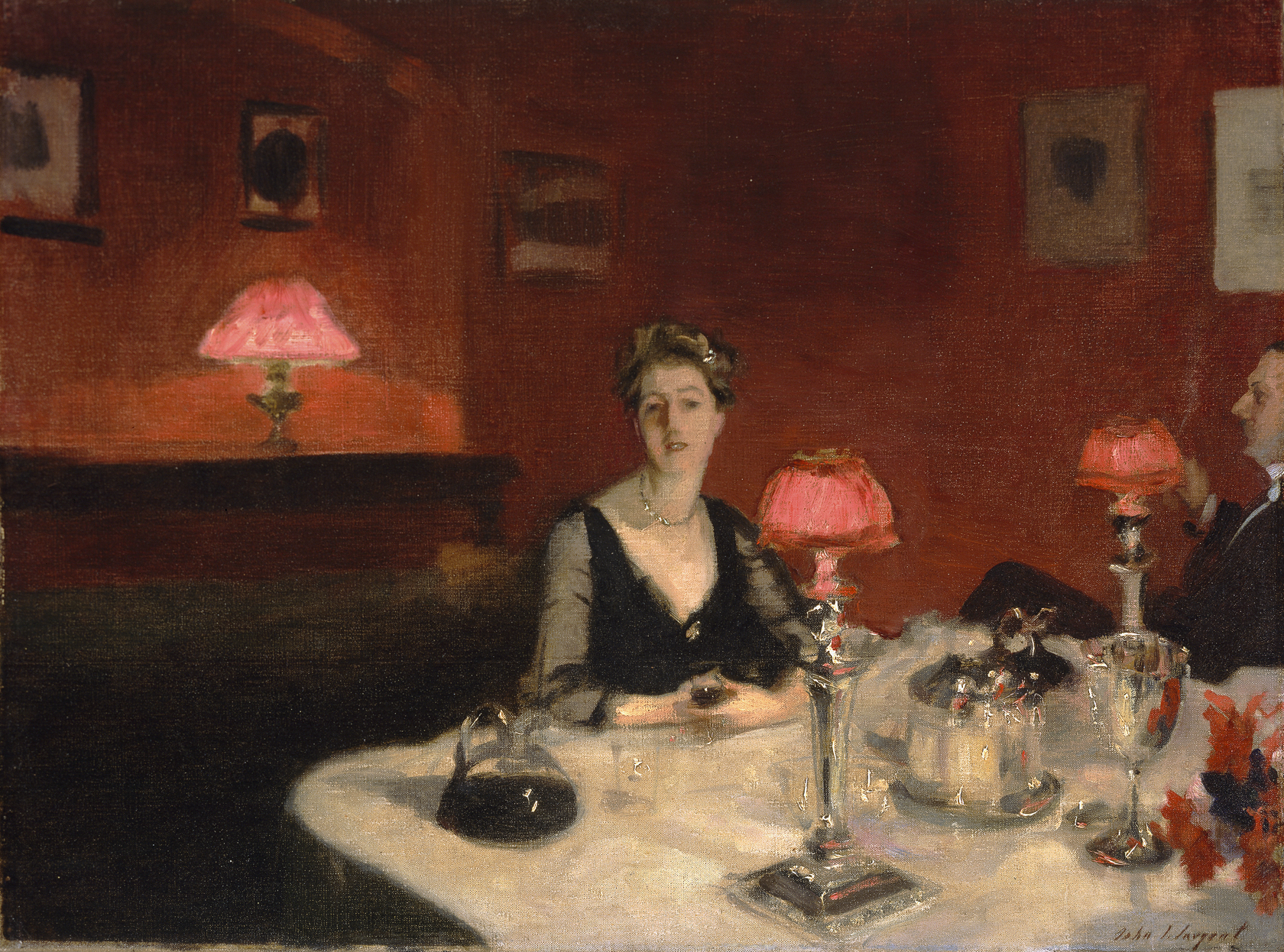
Do the colors in this scene evoke particular emotions?
This intimate scene featuring Albert and Edith Vickers takes place in the dining room of a country house in England. Sargent’s composition weds the informal portraiture of the conversation piece to the techniques of Impressionism. Mrs. Vickers occupies the center of the painting and looks directly at the viewer. Her hand rests on a glass of claret, while Mr. Vickers crosses his legs as he puffs on an after-dinner cigar, imparting a casual freshness to the scene.
